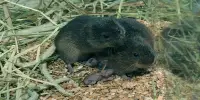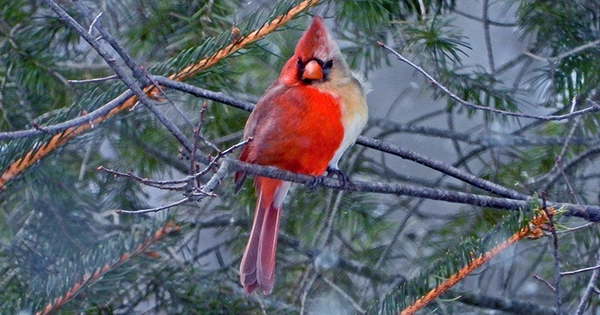A study on pied flycatchers verified the theory that monogamy breakdowns – dubbed cheating – could be a technique adopted by female birds to increase defenses against predators. Some evolutionary psychologists have claimed for decades that it is normal for males to strive to father children with a large number of mothers, whereas females should be more selective and only choose the finest fathers. However, scientific data has progressed, indicating that animal dating systems are significantly more sophisticated and diversified than previously thought.
Pied flycatchers are the most recent example (Ficedula hypoleuca). Despite the fact that these birds normally rear their young in pairs that appear as if they came straight out of a 1950s comedy, DNA evidence shows that the male who does the feeding is often not the biological father. Researchers discovered a technique to put an evolutionary hypothesis to the test, and the results reported in the Proceedings of the National Academy of Sciences. Adult birds go to tremendous lengths to safeguard their young, but some predators are so much larger or more terrifying that it takes two birds to defeat them. A female who has shown numerous neighbors a good time may have a support network to draw on in a crisis, according to certain theories.

Extra-pair paternity is more common in blue tit (Cyanistes caeruleus) populations, and these populations are less likely to lose their entire brood before the young reach adulthood; however, the link between these two measures has not proven. The team put the concept to the test by arranging nesting boxes in threes, Males nesting in Box A given the option to mate with their neighbors due to the date of installation, whereas those in Boxes B and C denied the same opportunity. Krams and his co-authors observed the responses to stuffed predators that appeared to menace nests B and C.
When threats arrived, neither females nor males from boxes B and C showed any interest in assisting their neighbors. Knowing that some of the nearby broods might be their own, the box a males frequently joined the protection of those young. They not, however, ignore their responsibility to protect their own nest. The males appeared to have some inkling of the success of their extra-pair mating, as they appeared considerably more frequently when one of the endangered young was genuinely theirs than when they had mated with the female without success. Unfortunately, we will never know what the males in boxes B and C thought of their unexpectedly helpful neighbor.
Female infidelity, according to early evolutionary theories, would reduce their partner’s incentive to help raise the kids, and hence must be detrimental and infrequent. They were far more at ease with examples like the pied flycatcher is other behavior, in which a male builds a second nest before returning to his first spouse. However, genetic testing has showed how common it is for paternity to found outside of the couple, particularly in bird species.
In the case of Australian magpies, the majority of young are not fathered by the male who is responsible for half of the feeding and guarding, necessitating the search for more subtle causes. Before extrapolating human implications from any example of animal mating behavior, keep in mind that what works for one species may not work for another.
Although it is typical for officially monogamous humans to have sex with persons other than their partners, having children in this situation is extremely uncommon, especially when compared to birds. Nonetheless, rather than depending on a small sample of stereotyping animals indefinitely, the findings presents a potential to explore when studying human sexuality.
















